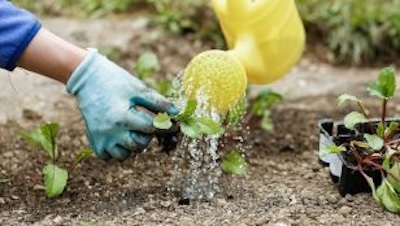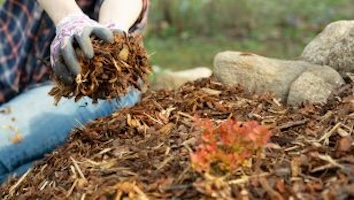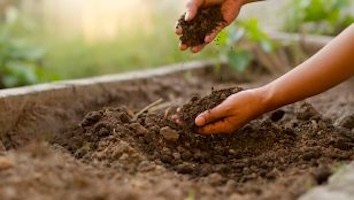Module 3: Composts, fertilisers and mulches
In module three you will study the requirements for successful composting and some different methods of making compost at home. You will also learn about plant nutrition, including the nutrients needed for healthy and productive plants, and how to use and apply different fertilisers. The final part of the module is all about mulch, including different types of mulch and how they are used in the food garden.

Lesson 1 - Compost and organic matter
Homes and gardens tend to produce quite an excess of organic matter, from kitchen waste and coffee grinds, through to lawn clippings and tree leaves. As we have learnt already, when organic…

Lesson 2 - Fertilisers
Fertilisers are materials added to the soil to supply essential nutrients for plant growth. Regardless of the fertilizer, these nutrient elements become soluble in the soil and are then chemically…

Lesson 3 - What is soil pH?
The pH of soil describes its acidity or alkalinity, terms that many gardeners have heard of, but perhaps don’t know exactly what they mean. Scientifically pH is a logarithmic scale based on the…

Lesson 4 - Mulch
A mulch is a material used to cover the soil surface and include organic materials, such as bark or straw; mineral materials, such as coarse sand and gravel; and fabric or sheet materials, including…

Quiz - Summing up composts, fertilisers and mulches
You're making good progress; that's Module 3 done. You might like to recap what we have covered so far and also you might like to consolidate what you learnt. Just a reminder that the quiz is…